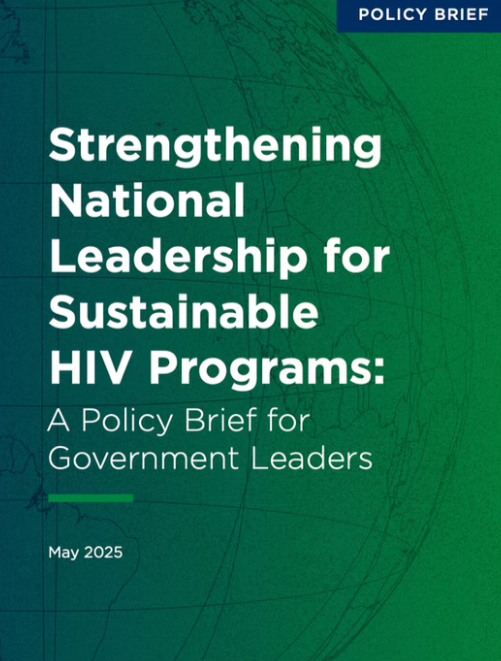Improving Referrals and Integrating Family Planning and HIV Services through Organizational Network Strengthening
Improving Referrals and Integrating Family Planning and HIV Services through Organizational Network Strengthening
Abstract
Background
The service needs of people with human immunodeficiency virus (HIV) in low-income settings are wide-ranging. Service provision in a community is often disjointed among a variety of providers. We sought to reduce unmet patient needs by increasing referral coordination for HIV and family planning, measured as network density, with an organizational network approach.
Methods
We conducted organizational network analysis on two networks in sub-cities of Addis Ababa, Ethiopia. There were 25 organizations in one sub-city network and 26 in the other. In one of them we sought to increase referrals through three network strengthening meetings. We then conducted the network analysis again in both sub-cities to measure any changes since baseline. We also quantitatively measured reported client service needs in both sub-cities before and after the intervention with two cross-sectional samples of face-to-face interviews with clients (459 at baseline and 587 at follow-up).
Results
In the sub-city with the intervention, the number of referral connections between organizations, measured as network density, increased 55%. In the control community, the density decreased over the same period. Reported unmet client service needs declined more consistently across services in the intervention community.
Discussion
This quasi experiment demonstrated that (1) an organizational network analysis can inform an intervention, (2) a modest network strengthening intervention can enhance client referrals in the network, (3) improvement in client referrals was accompanied by a decrease in patient-reported unmet needs and (4) a series of network analyses can be a useful evaluation tool.

